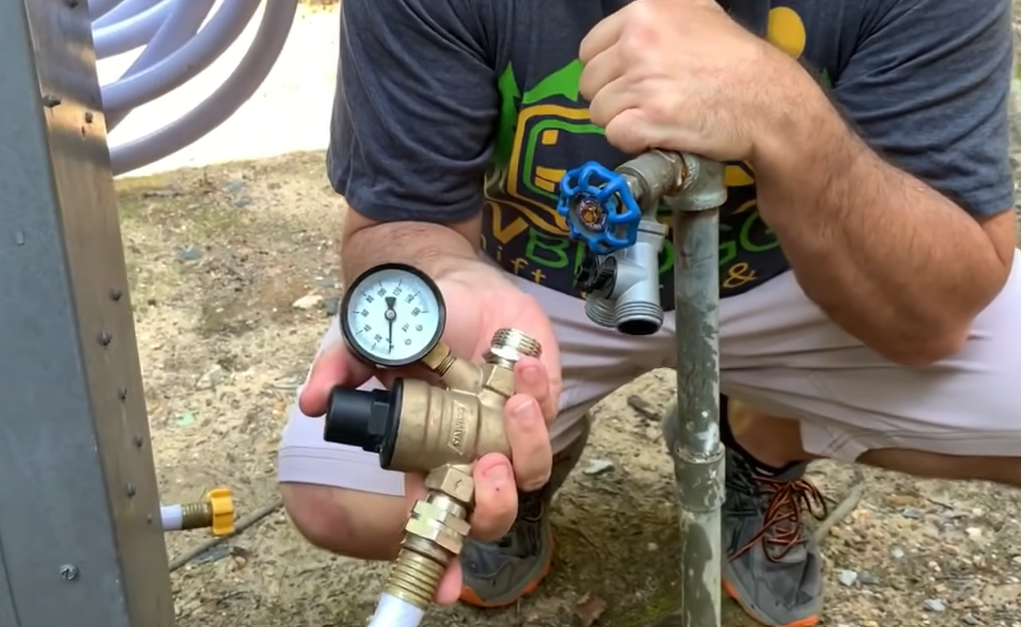
When it comes to off-grid living in an RV, having a reliable and clean source of water is essential. In this article, we will outline the steps for setting up a water source for your RV so that you can live comfortably and sustainably off the grid.
Determine Your Water Needs
The first step in setting up a water source for your RV is to determine your water needs. This will depend on factors such as the number of people in your RV, how long you plan to stay off the grid, and your daily water usage. A general rule of thumb is to allocate about 1 gallon of water per person per day for drinking, cooking, and basic hygiene needs.
Choose a Water Source
There are several options for water sources when RVing off the grid, including:
- Freshwater tank: Most RVs come equipped with a freshwater tank that can hold anywhere from 20 to 100 gallons of water. This tank can be filled up at a campground or water filling station before heading off the grid.
- Portable water containers: Portable water containers can be filled up at a campground or water filling station and then transported back to the RV. These containers come in various sizes and can be placed inside or outside the RV.
- Natural water sources: If you are camping in a location with natural water sources such as streams, rivers, or lakes, you can filter and treat the water to make it safe for drinking.
- Water delivery services: Some companies offer water delivery services for RVers, where they will deliver and fill up your freshwater tank with clean water.
Install a Water Pump
Once you have a water source, you will need a water pump to deliver the water to the faucets and shower in your RV. A water pump is typically installed near the freshwater tank and is connected to the RV’s plumbing system. When the faucet or shower is turned on, the water pump will automatically turn on and pressurize the water system.
Install a Water Filtration System
It is important to have a water filtration system in place to ensure that the water you are drinking and using for hygiene is clean and safe. A water filtration system can remove impurities, bacteria, and viruses from the water. There are several types of water filtration systems available, including carbon filters, UV filters, and reverse osmosis systems. The type of system you choose will depend on your water quality and filtration needs.
Install a Greywater Tank
Greywater is wastewater that comes from sinks, showers, and washing machines. It is important to collect and dispose of greywater properly to avoid environmental damage. Installing a greywater tank allows you to collect and store greywater until it can be properly disposed of. Some RVs come equipped with a greywater tank, but if yours doesn’t, you can purchase and install one.
Consider a Blackwater Tank
Blackwater is wastewater from the toilet. Most RVs come equipped with a blackwater tank, but if yours doesn’t, you will need to purchase and install one. It is important to dispose of blackwater properly to avoid environmental damage and health hazards.
Practice Water Conservation
Conserving water is important when RVing off the grid, as you have a limited supply of water. Some ways to conserve water include taking shorter showers, using a low-flow showerhead, fixing leaks, and using a dishpan to wash dishes instead of running the faucet.
Setting up a water source for your RV is essential for off-grid living. By determining your water needs, choosing a water source, installing a water pump and filtration system, and practicing water conservation, you can ensure that you have a reliable and clean source of water while RVing off the grid.